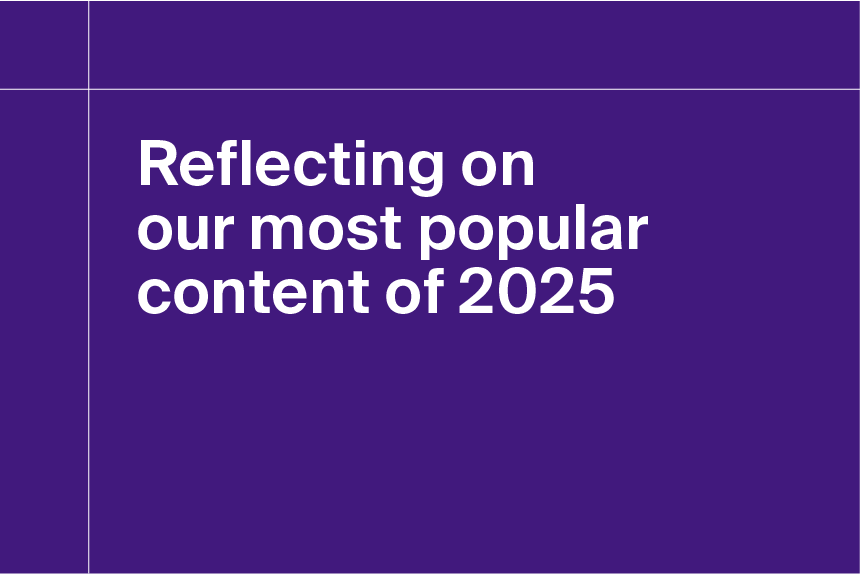The healthcare landscape is undergoing a significant transformation, with a growing demand for at-home care taking center stage. This shift isn't entirely new, but it's certainly been accelerated by various factors, including the recent global pandemic and evolving patient preferences.
This is part three of our special multi-part blog series on how COVID-19 impacted nearly every part of the healthcare industry.
The first two posts on this journey tracked telehealth’s astonishing growth and the nuances that contributed to the gradual decline and plateau in its adoption.
In this post, we’ll take a closer look at how at-home health was affected by the pandemic and explore the reasons why this new approach to care delivery is becoming so popular.
How the pandemic changed at-home care
Before the pandemic, there were five million people in 2019 receiving care at home. As the coronavirus spread and patients felt reluctant to go to public places, this number dramatically increased as 11% of COVID-19 patients discharged from hospitals transitioned into at-home care.
This shift, likely encouraged by lockdowns, social distancing, and fewer people willing to see their doctor at the office, resulted in new populations of patients across the health spectrum and age groups being introduced to at-home care.
By 2023, Market.us Media reports that about 12 million Americans receive home healthcare services.
What’s causing this growth?
Just like telehealth, at-home care was already on the rise pre-pandemic. Many older adults and people living with disabilities or chronic conditions found at-home care to be more comfortable, convenient, and personalized compared to receiving care at a long-term care facility or nursing home.
Why more patients prefer at-home care
There are many reasons why patients find at-home care suitable to their lifestyle and wellbeing, many of which could potentially result in improved health outcomes. At-home care can be:
- Convenient. At-home care is more convenient for almost any patient, especially so for people with disabilities or chronic conditions. It could also potentially be less expensive to arrange for an at-home appointment than transportation from a private company or social services.
- Personalized. The in-home experience is just inherently more personal for the patient, as the physician can provide them with their full and undivided attention.
- Safer. At-home care can be a safer way for patients to receive care. Patients can potentially reduce the risk of infection or virus transmission by avoiding the doctor’s office and meeting with their physician in their own homes.
- Comprehensive. Physicians can gain crucial insights into their patients’ daily lives and environment that may be missed otherwise, potentially leading to a more detailed diagnosis and treatment plan.
Change isn’t just happening at the patient level. In our webinar exploring the top trends surrounding home health care, my colleagues Kevin Dubuc and Meaghan DePeter explain how the Centers for Medicare & Medicaid Services (CMS) explored new ways to alleviate the burden felt by hospitals during the height of the pandemic. At the same time, CMS increased the capabilities of home health agencies.
This was made possible by the creation (and subsequent expansion) of the Hospitals Without Walls program, which previously allowed hospitals to provide acute care services in locations beyond their existing walls. The program introduced regulations to expand the breadth and availability of telehealth and empower ambulatory surgery centers.
These developments established a solid framework for opportunities in the home healthcare space. Now, hospitals are backed by federal initiatives to expand their services beyond their normal reach. We’re likely to see increased partnerships and collaborations with existing home health agencies, which have been similarly empowered to treat high-acuity patients.
What does this mean for the future of at-home care?
All this growth in the home health market is creating an appetite for investment from big players in the industry. In the webinar, Kevin and Meaghan share how we’re. Health technology company Medically Home raised $110 million in funding to develop and enhance tools that help hospitals and health systems deliver acute care in patients’ homes. This move was closely followed by ConcertoCare, a provider of at-home care for Medicare beneficiaries who raised $105M.
We’re also seeing companies make partnerships or merge with others to capitalize on the growing opportunities in home health care. Amazon’s collaboration with Teladoc and Thirty Madison’s recent with Nurx indicate a broader shift in the market: as patient preferences shift to more convenient forms of care, major corporations and provider organizations are investing in new ways and locations to engage patients.
While it’s impossible to say what the outcomes of these recent events may be, we’re confident that interest in expanding the possibilities of home care, whether it’s delivered in-person or virtually, is a good thing. Interest leads to investment, and investment can lead to innovation and better patient outcomes. It’s a win-win for everyone.
For healthcare providers looking to expand their at-home care services or break into this space, consider these tips:
- Integrate technology to enhance your offerings. Telehealth consultations can seamlessly weave into in-home care services. This allows for remote check-ins, specialist consultations, and medication management, enhancing care continuity and patient convenience.
- Leverage caregiver training resources. Invest in training programs that equip caregivers with the necessary skills to deliver high-quality care in a home environment. This may include proficiency in specific medical procedures, infection control protocols, and compassionate communication.
- Specialize in programs specific to certain patient populations. Consider offering specialized home health care programs for specific patients, such as those living with chronic conditions or in need of post-surgical or geriatric care.
Like telehealth, at-home care isn’t going away anytime soon. But it won’t be a catch-all solution either. Providers will need to develop new strategies to navigate the obstacles above and adapt to the evolving healthcare market.
Learn more
The future of at-home healthcare is bright. Technology like telehealth and remote patient monitoring devices will play a key role in improving access to quality care and empowering people to manage their health from the comfort of their own homes. The aging U.S. population, and shifting patient preferences, are actively redefining the care delivery landscape, and will be two important trends providers and businesses should watch moving forward.
For more insights into how telehealth has changed the healthcare landscape, catch up on telehealth’s explosive rise and fall in our multi-part analysis of COVID-19's impact on the healthcare industry.
Each post in this series draws upon healthcare commercial intelligence from our platform to illustrate how the COVID-19 pandemic has reshaped the healthcare market. You can learn more by starting a free trial.




